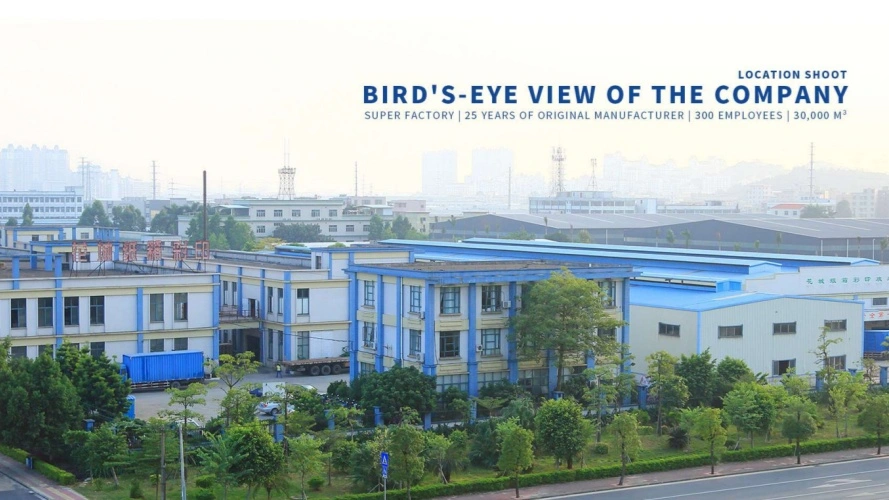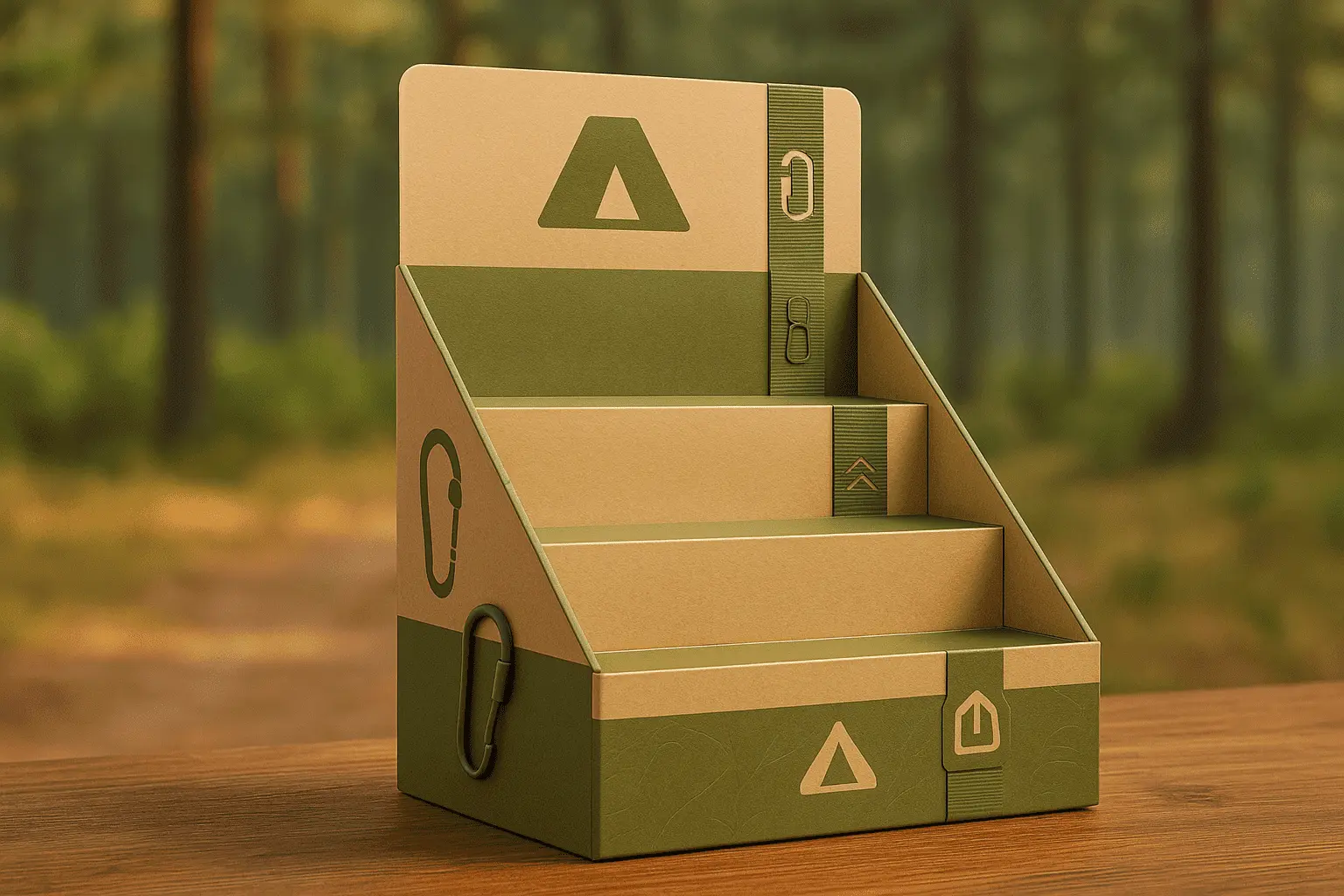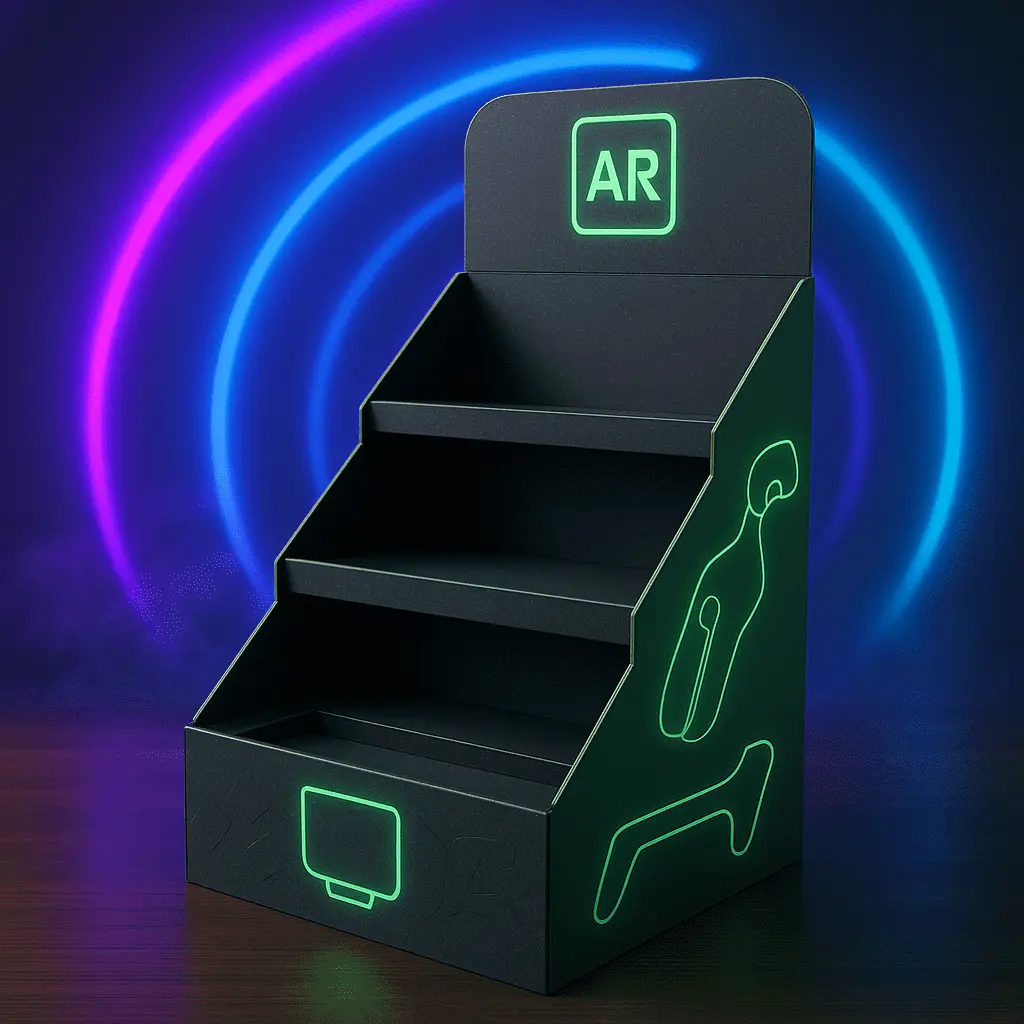How PDQ Display Trays Use Corrugated Cardboard for Durability and Strength?
PDQ display trays utilize corrugated cardboard to achieve remarkable durability and strength through a clever combination of design and material properties. The corrugated structure, consisting of fluted paper sandwiched between flat linerboards, creates a lightweight yet robust foundation. This unique configuration allows PDQ displays to withstand the rigors of transportation, storage, and in-store use while maintaining their structural integrity. The alternating ridges and grooves of the corrugated medium provide exceptional compression strength, enabling the trays to support substantial product weight without buckling. Additionally, the air pockets within the corrugated layers offer excellent shock absorption, protecting both the display and its contents from impact damage. This ingenious use of corrugated cardboard ensures that PDQ display trays remain a reliable and cost-effective solution for retailers and brands alike.

The Science Behind Corrugated Cardboard's Strength
Understanding the Structure of Corrugated Cardboard
Corrugated cardboard's strength lies in its unique structure. It consists of three layers: two flat linerboards sandwiching a fluted corrugated medium. This configuration creates a material that is both lightweight and incredibly strong. The flutes, or waves, in the corrugated medium provide vertical strength and rigidity, while the linerboards offer stability and protection.
The strength-to-weight ratio of corrugated cardboard is impressive. It can support significant weight relative to its own mass, making it an ideal material for PDQ displays. This efficiency in material usage also contributes to its eco-friendliness, as less material is needed to achieve the desired strength compared to solid cardboard.
The Role of Flute Profiles in Strength
Corrugated cardboard comes in various flute profiles, each offering different strength characteristics. Common profiles include A-flute, B-flute, C-flute, and E-flute. The choice of flute profile for PDQ display trays depends on the specific requirements of the display and the products it will hold.
For instance, B-flute offers excellent crush resistance and printability, making it a popular choice for retail displays. E-flute, while thinner, provides good structural integrity and is often used for smaller, more intricate displays. The selection of the appropriate flute profile ensures that the PDQ display tray achieves the optimal balance between strength, durability, and visual appeal.
Compression Strength and Load-Bearing Capacity
One of the key advantages of corrugated cardboard in PDQ displays is its impressive compression strength. The fluted structure allows the material to distribute weight evenly, preventing localized stress points that could lead to failure. This property is crucial for PDQ display trays, which often need to support multiple products over extended periods.
The load-bearing capacity of corrugated cardboard can be further enhanced through strategic design elements. For example, incorporating multiple layers of corrugated material or adding reinforced corners can significantly increase the tray's ability to withstand heavy loads without compromising its structural integrity.
Design Innovations Enhancing PDQ Display Tray Performance
Optimizing Tray Geometry for Maximum Strength
The design of PDQ display trays plays a crucial role in maximizing the inherent strength of corrugated cardboard. Clever geometry can significantly enhance the tray's ability to withstand various stresses. For instance, incorporating strategically placed folds and creases can create structural reinforcements that distribute weight more effectively across the entire display.
Designers often employ computer-aided design (CAD) software to model and test different tray configurations. This allows for the optimization of corner strength, base support, and overall structural integrity before physical prototypes are created. The result is PDQ display trays that make the most efficient use of materials while providing superior strength and durability.
Innovative Interlocking Mechanisms
Advanced PDQ display tray designs often feature innovative interlocking mechanisms that enhance overall stability and strength. These mechanisms allow different parts of the display to connect securely without the need for adhesives or additional fasteners. This not only simplifies assembly but also contributes to the display's structural integrity.
Examples of such innovations include tab-and-slot systems, where precisely cut tabs fit into corresponding slots to create a rigid structure. These interlocking designs not only improve the display's strength but also make it easier to set up and dismantle, a valuable feature for retailers managing frequent product rotations.
Sustainable Design Approaches
In recent years, there has been a growing emphasis on sustainable design in PDQ display trays. This approach not only considers the strength and durability of the display but also its environmental impact. Designers are now focusing on creating displays that maintain structural integrity while using less material or incorporating recycled content.
Some innovative designs achieve this by utilizing honeycomb structures or other biomimetic patterns that maximize strength while minimizing material usage. Others explore the use of alternative, eco-friendly materials that can be combined with corrugated cardboard to enhance its properties without compromising recyclability.
Manufacturing Techniques for Enhanced Durability
Advanced Bonding Methods
The durability of PDQ display trays is significantly influenced by the bonding methods used in their construction. Advanced adhesive technologies play a crucial role in ensuring that the various components of the display remain securely attached, even under stress. Water-resistant and heat-activated adhesives are commonly employed to create strong, long-lasting bonds between corrugated layers and at joints.
Some manufacturers are exploring innovative bonding techniques such as ultrasonic welding for certain applications. This method uses high-frequency vibrations to create friction and heat, effectively fusing the cardboard fibers together without the need for additional adhesives. The result is a stronger, more durable bond that can withstand the rigors of transportation and in-store use.
Precision Cutting and Scoring
The strength and durability of PDQ display trays are also enhanced through precision cutting and scoring techniques. Advanced die-cutting machines can create intricate designs with extremely tight tolerances, ensuring that all components fit together perfectly. This precision is crucial for maintaining the structural integrity of the display, as even small misalignments can lead to weak points and potential failure.
Scoring, the process of creating controlled creases in the cardboard, is equally important. Properly scored fold lines allow the display to be assembled without damaging the material's fibers, preserving its strength. Some manufacturers use laser scoring for even greater precision, resulting in cleaner folds and a more professional appearance.
Protective Coatings and Treatments
To further enhance the durability of PDQ display trays, various protective coatings and treatments can be applied. Water-resistant coatings are particularly valuable for displays that may be exposed to moisture or humid environments. These treatments help prevent the cardboard from absorbing water, which can weaken its structure and lead to warping or collapse.
Some manufacturers also offer UV-resistant coatings, which protect the display and its printed graphics from fading due to exposure to sunlight. This is especially important for PDQ displays that may be positioned near windows or in outdoor retail environments. By maintaining the visual appeal of the display over time, these treatments contribute to both its durability and its effectiveness as a marketing tool.
Conclusion
PDQ display trays exemplify the ingenious use of corrugated cardboard to achieve remarkable durability and strength. Through a combination of innovative design, advanced manufacturing techniques, and the inherent properties of corrugated materials, these displays offer a robust and cost-effective solution for retail environments. The ongoing advancements in sustainable design and production methods ensure that PDQ displays will continue to evolve, meeting the changing needs of retailers and brands while minimizing environmental impact. As the industry moves forward, we can expect to see even more creative applications of corrugated cardboard in retail displays, further cementing its position as a versatile and indispensable packaging material.
Contact Us
For more information on how our PDQ display trays can benefit your business, please contact us at support@fetchingprinting.com. We offer complete customization including tray size, compartment layout, branding, and print finish. Our team of experts is ready to help you create custom display solutions that combine strength, durability, and visual appeal to showcase your products effectively.
References
1. Johnson, M. (2022). Advancements in Corrugated Cardboard Technology for Retail Displays. Journal of Packaging Innovation, 15(3), 78-92.
2. Smith, A., & Brown, L. (2021). Sustainable Design Practices in Point-of-Purchase Displays. Green Packaging Quarterly, 8(2), 45-59.
3. Lee, K., et al. (2023). Comparative Analysis of Flute Profiles in Corrugated Cardboard Strength. International Journal of Materials Science, 29(4), 312-328.
4. Garcia, R. (2022). Innovative Bonding Techniques for Corrugated Displays. Adhesives & Sealants Industry, 19(7), 22-36.
5. Thompson, E. (2021). The Impact of Precision Manufacturing on PDQ Display Performance. Retail Packaging Technology, 12(5), 67-82.
6. Wilson, D., & Taylor, S. (2023). Eco-friendly Coatings for Enhanced Durability in Cardboard Displays. Journal of Sustainable Packaging, 7(1), 103-118.




